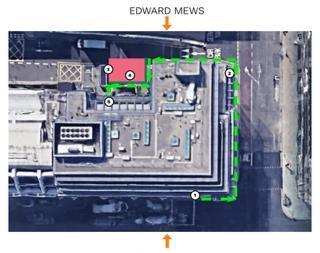Power outages can strike at any time. More than one million people across England and Wales were affected by a catastrophic power failure in August this year, which paralysed transport services, sent traffic lights down and plunged businesses into chaos.

This is not the first instance of power-related issues. In May 2019, Virgin Mobile blamed more than 10 hours of service disruption on power cuts, and in March 2018 a power failure affecting a single London data centre knocked multiple cloud service providers and communications companies offline, causing havoc for their customers.
While major power outages may be infrequent, their effects can be devastating. It is important to understand the root causes behind power failures and to assess building resilience, so that landlords can help to mitigate risk and the associated impact on their tenants.
Power outages have always cost businesses money, but in today’s increasingly connected world, the stakes are exponentially higher. Most employees simply can’t work at all without power or the internet. Businesses rely on a web of IT services, communications, digital products and more – a power failure in one business affects many more.
The more interconnected the business, the larger the losses. Based purely on lost revenue, a power outage in 2013 cost Google more than $100,000 per minute. Google.com, YouTube, Google Drive and Gmail were only down for five minutes, but at a cost of $545,000.

Lost revenue is the consequence we can most easily quantify. However, loss of customer trust is just as crucial. Both business and residential consumers choose service providers based on their reliability. On a long enough timeline, service failure is inevitable. However, the ability to minimise the impacts of such an occurrence and ensure swift recovery can serve to increase customer trust.
Looking at the most common causes of power outages from subsecond disruptions to multiple-day outages due to extreme weather events, it’s clear that addressing the cause of power failures is beyond the capacity of individual businesses and consumers. However, there are a range of options at the building level to mitigate power failure risk.
These could include multiple power feeds for increasing resilience at the local distribution level, where damage from construction or roadworks is the most common cause of disruption. Back-up generators and large-scale batteries can keep the lights on over longer durations. Uninterruptible power supplies provide instantaneous (but short-duration) back-up power as soon as the electricity goes down.
By selecting and combining power resilience technologies, landlords can mitigate the risk to their buildings from several types of power failures. This could help with financial savings should a situation arise, but most importantly it serves to retain trust and loyalty with customers, which once lost are often difficult to regain.
William Newton is president and managing director at WiredScore






























No comments yet